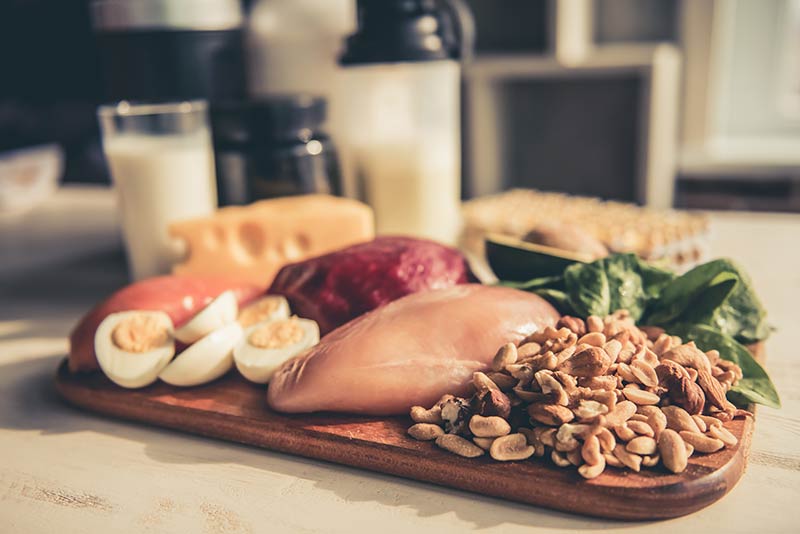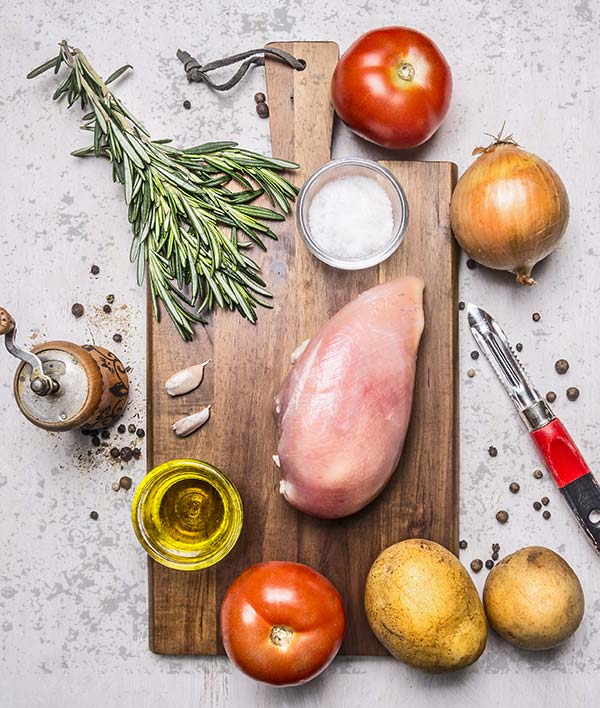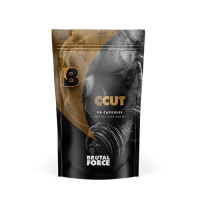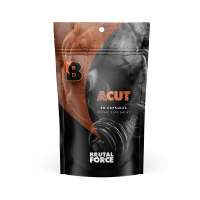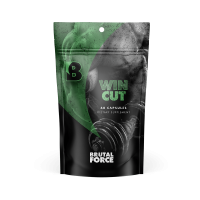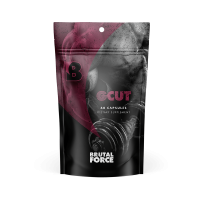9 out of 10 customers
recommend us to their friends
Rated 5-Stars
★★★★★ 5/5
based on 7,214 responses
98%
customer
satisfaction
9 out of 10 customers recommend us to their friends
Rated 5-Stars based on 7,214 responses
98% customer satisfaction



